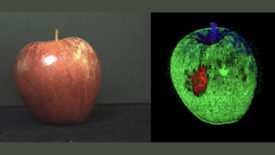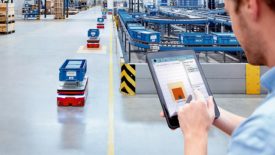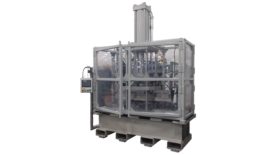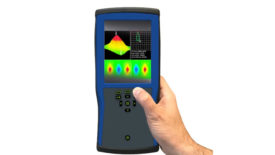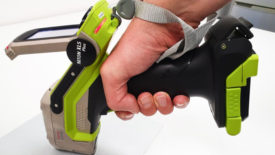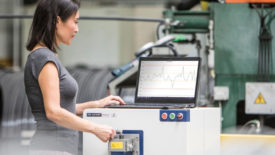Featured on Home Page
Vision & Sensors | Lenses
The wavelengths used in any machine vision application have significant implications in choosing the ost appropriate lens.
Read More
Vision & Sensors | Robotics
The Rise of Smarter Robots
Using a high-quality 3D camera, the robot can locate the part, regardless of orientation, and provide pick coordinates to the robot.
March 1, 2022
Software & Analysis
How ERP Software Impacts Quality
The right solution enables businesses to track and measure the total cost of quality.
March 1, 2022
Case Study
How A Custom Crusher Used Precise Motion Data To Open New Manufacturing Possibilities
The problem wasn't whether the client could make the parts; it was whether the client could test samples in a rapid, cost-efficient, productive way.
February 15, 2022
Test & Inspection
The Shrinking Pixel
What motivates smaller pixels? It's mainly cost, which is directly tied to image sensor size.
February 15, 2022
Test & Inspection
How Collaborative Is Your Manufacturing Application?
The design and operation of the manufacturing application will determine how and how often the human and robot will collaborate.
February 15, 2022
NDT | Eddy Current
Eddy Current Testing in Manufacturing Applications
Eddy current provides a balance of speed, reliability, cost effectiveness, and versatility.
February 8, 2022
NDT | XRF
How to Measure Metal Coating Thickness Using Handheld X-ray Fluorescence Analyzers
Handheld XRF is an indispensable tool in quality assurance that provides multiple benefits.
February 8, 2022
NDT | LIBS
How to Evaluate Accuracy and Why You Should Calculate the Error Margin of Spectroscopy Measurements
We must be able to estimate the error in a spectroscopy measurement to assure ourselves, and our customers, of the true composition of the material.
February 8, 2022
Stay in the know with Quality’s comprehensive coverage of
the manufacturing and metrology industries.
eNewsletter | Website | eMagazine
JOIN TODAY!Copyright ©2024. All Rights Reserved BNP Media.
Design, CMS, Hosting & Web Development :: ePublishing
